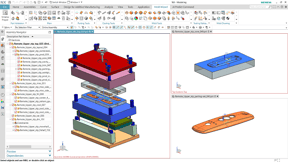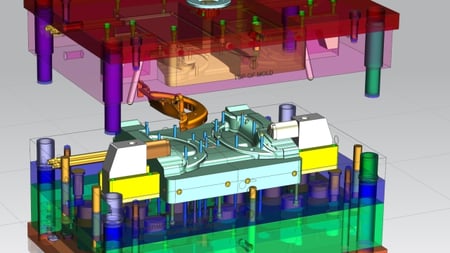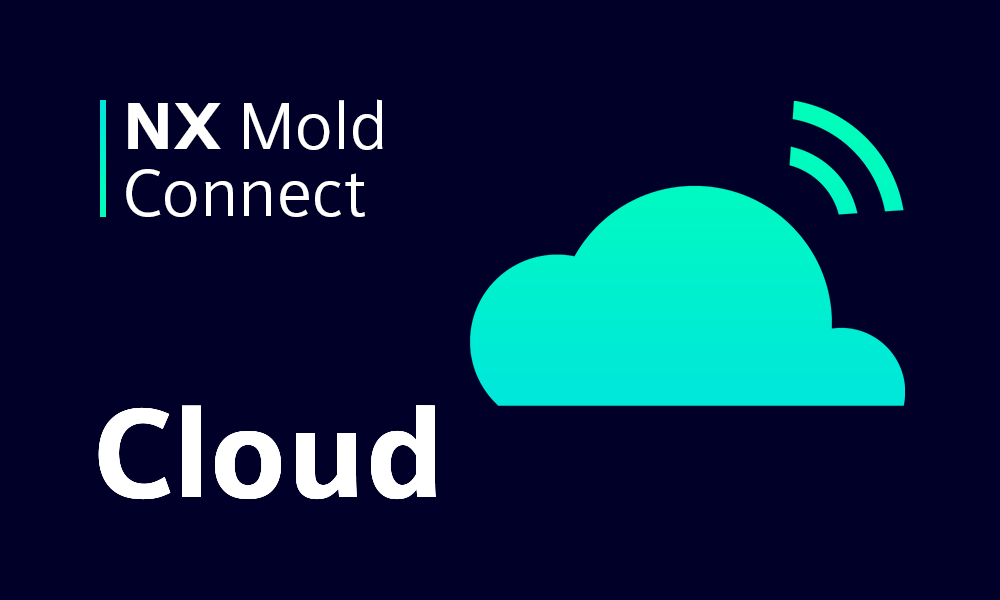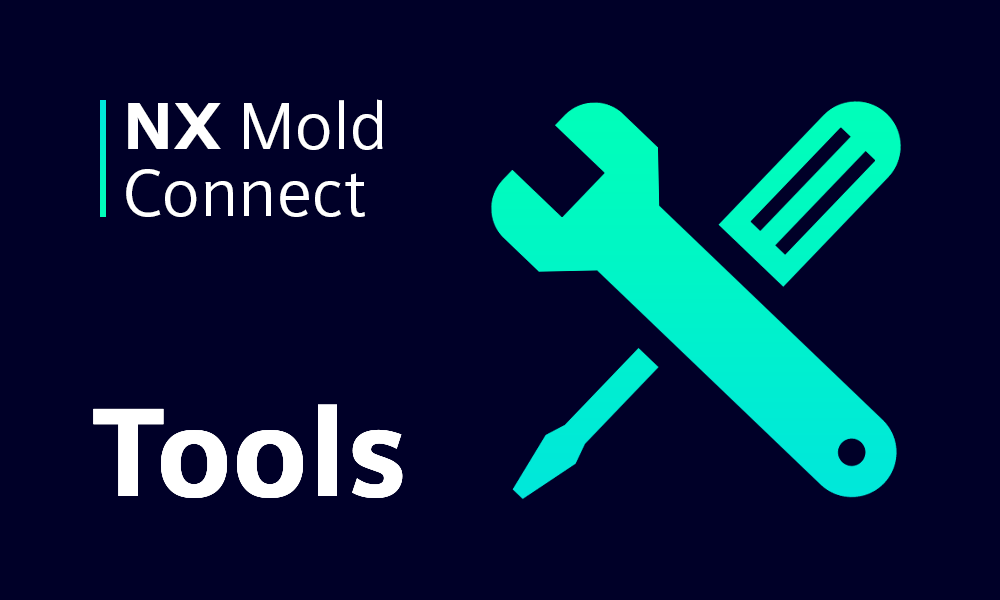The world of mold manufacturing has been a roller coaster ride for more than two decades and possibly longer. The reasons are many — global competition being topmost of them all. Competing for new work is extremely taxing, especially for smaller companies that may not have the resources or financial cushioning to take a hit if a quote is missed because a job requires more than what was anticipated, or the customer makes significant engineering changes mid-stream but still wants a mold or fleet of molds delivered on the quoted date.
In addition, the past several months has seen further restrictions on how businesses operate as they cope with federal and state mandates put in place during the COVID-19 pandemic. But business must go on or close. Many large OEMs rallied their operations to help produce much-needed medical supplies, causing their supply chains to also shift gears to support new or expanded service requirements, molds for plastic being among them. With key employees such as mold designers forced to work remotely, there had to be a paradigm shift for design and engineering operations to keep moving forward. The “we’ve always done it this way” mindset no longer applies as it is now necessary for teams the world over to follow social distancing rules among themselves and with customers.
The questions looming in the minds of small- to mid-sized mold manufacturers are:
- How can we still keep moving at the momentum we need to move in order to make money and serve our customers?
- How can we do this securely when our employees are working from all over?
The solution is that they can do it by understanding and embracing various technology advancements that are ripe for the picking.
Recently, Siemens introduced NX Mold Connect, a cloud-based SaaS (software as a service) application that is an easy and secure way to boost competitiveness and reduce costs, during the COVID-19 pandemic and beyond. It is built on the same architecture as the NX product line, so links into the current desktop solutions, but uses a user interface developed to suit browser based applications is easy for new users on any device to understand and get value quicker.

NX Mold Connect is a cloud-based XaaS (Xcelerator as a service application) used to boost collaboration, communication, and design integrity. Image source: Siemens.
Powerful Tools for the Business of Mold Making
Cloud computing is not new, but to some in mold manufacturing it is seen as a trendy application with no tangible benefit for business. Paul Brown, Senior Marketing Director for PES/NX at Siemens Digital Industries Software, offers another perspective. “It’s more than just moving design and engineering to the cloud because it’s popular,” he says. “There has to be a good business reason to do it, and after enduring the past year where traditional working practices for a lot of companies went out the window, having to work remotely has really shined a light on the challenges of data sharing across a distributed network of people, especially in engineering.
“Siemens NX Mold Connect is about adding value to the business of mold making by leveraging the Cloud to expand the usage of critical data by those who need it, no matter where they are,” he continues. “It’s about increased flexibility, accessibility and collaboration to create designs for products and molds faster and easier without the high capital investment.”
Because the processing is done in the cloud it opens access to design data from almost any device, including tablets, laptops, and workstations. “The beauty of it is that the computing is done in the Cloud, not locally, so you do not have to work from one designated place. Additionally, the graphics acceleration is done in the Cloud, so there is no need to invest in expensive graphics cards and hardware to be able to get the best CAD capability,” Brown says. “That is a crucial advantage. It removes that challenge of what levels of compute do I have, how much memory do I have, how powerful is my graphics card and graphics accelerators. It removes a lot of the overhead concerns that companies previously had to worry about because capital investment is now low and predictable.”
Siemens Cloud Security Protects IP
With the sting of stolen IP still relatively fresh for mold makers and others in the manufacturing sectors after recent problems, one can understand that there may be some trepidation about moving critical data and designs into the Cloud. However, Brown points out that the era of shipping prints or USB sticks from place to place is in the past. “It’s just not realistic for most manufacturers,” he says. “This is particularly true when you are looking at tooling. The last thing any mold maker wants is to spend time quoting and developing design concepts for a job and then see that design IP get hacked by anyone who can copy it and undermine their valuable ideas.” He explains that NX Mold Connect was developed to help mold designers and engineers facilitate the exchange of valuable CAD data with their OEM customers but in a securely connected and controlled environment.

NX Mold Design works directly with MX Mold Connect making it easy for users to bid jobs and collaborate on designs. Image source: Siemens.
Even when an OEM is working with multiple mold-making companies for a large project, NX Mold Connect enables designated users to collaborate, in real-time, on design challenges and solutions. The cloud-based application becomes the central repository for all communications, saving valuable time and expense. “Designs are always evolving, and it is going to be more cost-effective for the OEM and its mold suppliers to work together throughout the design development process, keeping everyone bilaterally informed and making better decisions as a result,” Brown says.
Regarding cloud security specifically, Brown says Siemens is acutely in tune with the need for safe and confidential storage of design IP, both “on the ground” and in the cloud. “There are multiple levels of security used by Siemens to ensure that all data is properly protected,” he says. “One is an internal software security infrastructure. We invest an enormous amount of effort in our security mechanisms to divert cybercrime activities.” He adds that Siemens is also a part of an organization which is called the Charter of Trust. The Charter of Trust is a conglomerate of companies that work to validate that all products are as secure as possible from malicious actors. For example, measures are taken to ensure there are no trapdoors in products that people can exploit.
“In terms of the cloud security, we are dependent on our hosting platform, Amazon Web Services (AWS), in most parts of the world,” Brown continues. Through AWS, Siemens provides a high level of data protection services including threat detection and continuous monitoring, the ability to eliminate unauthorized access to design and engineering data via identity services for the user workforce and customer-facing apps, plus on-demand access to comprehensive reports on user compliance based on industry standards and best practices.
How to Begin Working in the Cloud
Siemens has worked to develop its cloud-based design tools so that users can be up and running seamlessly. It has designed its cloud-based tools to be easy for users to make the switch in their own time and in their own way. A subscription fee provides password-protected access to the very latest version of NX Mold Connect, including tools for mold part design, tool assembly layout, tool design, and tool validation. Step-by-step guidance as only NX can deliver promises to provide an enhanced user experience minus the lengthy learning curve. Siemens also offers engineers and designers the ability to connect with other NX users via the NX Design forum where it is easy to have your questions answered, collaborate with other users, and learn from others.
According to Brown, Early Access (beta) versions of NX Mold Connect are receiving high marks from designers who are helping test the XaaS (Xcelerator as a Service, the company's version of SaaS, Software as a Service). “Based on our extensive studies, we’re understanding the business challenges we're trying to solve for our customers,” Brown says. “We will offer free trials so customers can use it for a period of time, become acclimated to it, look at the examples and learn where it fits into their businesses.”
Give NX Mold Connect a Go
To give NX Mold Connect a try, click here to sign up to get access to the Early Access program.
For More Information
Find out more about all the NX products and which package will work best for your workflow now and in the future, by reading the next article, "What Mold Design Technology Do I Need?" And, as you make decisions about changing your set up, read how to "Get Management Buy-in to Cloud Technology."
This article was written and developed by the editors of Cadalyst, the leading publication covering computer-aided design and related software and hardware technologies for the AEC, civil engineering, and manufacturing markets.
NX Mold Connect, NX Cloud, and NX software are property of Siemens and all other trademarks mentioned herein are property of their respective owners.
Cynthia Kustush
Cynthia is the former senior editor of MoldMaking Technology Magazine. Currently she is a freelance author specializing in manufacturing, particularly for the metalworking and plastics industries. The daughter of a mold manufacturer, Cynthia “grew up in the trade,” and for many years has been actively involved in organizations such as the American Mold Builders Association (AMBA) and the Society of Plastics Engineers (SPE). She resides in Chicago’s western suburbs.
View All Articles



Share This Post